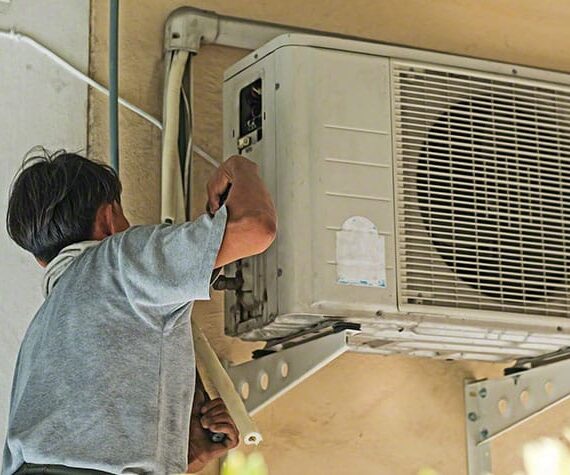An electric oven comprises several intricate parts to generate heat and safely cook your food. However, in some cases, your oven will completely fail to perform. While it may seem a frustrating issue as there could be several reasons contributing, you do not need to panic. You might simply have a blown fuse that an oven repair technician can replace for you. Here are some tips that will help you determine if your oven has a blown fuse.
The Fuse Looks Burnt
Most electric ovens use the same type of fuse, thermal fuse. So, it is highly likely that your oven uses the same as well. These fuses are designed and installed to prevent the oven from overheating along with the components.
If for some reason, the oven tends to reach a high temperature, the fuse will blow, which will cut off the power supply to the unit, preventing it from being damaged. Therefore, it can be said that a fuse is a safety device that aims to protect expensive electrical components.
In some cases, the fuse can also melt. If you believe that is the case, all you will need to do is perform a visual inspection of the fuse. However, you might have a hard time locating the fuse on your electrical oven. Read the user’s manual to know where the fuse is located.
Once you have accessed the fuse, inspect it under a light and see if it appears burnt. If it is, you will need to replace the fuse.
No Continuity In The Fuse
In some cases, you might come across a fuse that blows without showing any visual indications. If that is the case, you will need to check the fuse for continuity. Perform a continuity check, which will ensure the fuse allows the current to pass through.
However, if there is continuity, it means the fuse will need to be replaced. To perform this test, you will need to get a multimeter that will help identify a faulty fuse within seconds. If you already have a multimeter, test the working fuse and see if the multimeter shows a reading between 0-1 ohm. If it doesn’t it means the fuse is faulty.
The Heating Elements Isn’t Working
The heating elements simply fail to turn on many electric ovens. This problem is mostly associated with a blown fuse. Since the heating elements could become seriously hot, there is a limit to it as well. If the unit malfunctions for some reason, the heating elements could damage the unit.
Therefore, the elements are connected to the fuse so that it blows and cuts off the power supply if something seems suspicious. Furthermore, it might also be that the fuse is working fine but the heating elements have stopped working.
But before you can conclude that the fuse is faulty, you should perform a multimeter test to be sure. Otherwise, you will simply be wasting both your time and effort.
The Control Board Display Isn’t Working
Electric ovens are mostly controlled via control boards. However, if there is a blown fuse, the control display will not work. The control board is an expensive electrical component and manufacturers make sure they are protected in case something goes wrong with the unit. Therefore, they are connected to the fuse as well to prevent expensive damage.
If that is the case, you will need to remove the control board and inspect it for any burns along with the fuse as well. In most cases, the culprit is the fuse. Therefore, try replacing it and if it still does not work, you will need to replace the control board.
However, in this case, you will need to consult a professional. Control board displays are sensitive items and could easily damage while removing and installing. Therefore, instead of doing it yourself, you should contact an expert who will make sure your oven control board is in safe hands during the process.
Final Word
Finding out if your oven has a blown fuse is relatively easy. You simply need a multimeter and a few signs to make sure a fuse is faulty. But if the case is otherwise, you will need to contact an appliance repair Fairfax expert who will help determine the root cause of the problem and fix the problem the right way.



